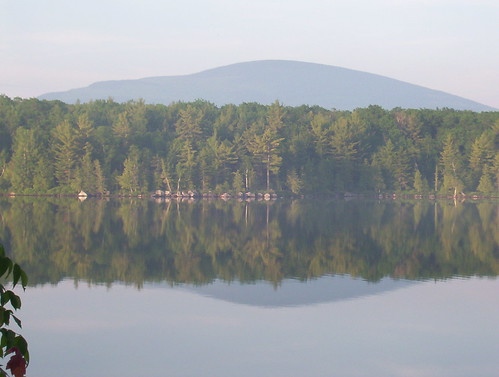How to make beer, pt 1
So I have had a few people inquiring lately into how beer is made so I thought this would be a good place to let others know too. As there are several basic ways to make beer I will cover each type in a seperate post.
The easiest and simplest way is to obtain a can of liquid malt, a large bucket, some sugar and a bunch of bottles. Mix everything together in the bucket, and add the beer yeast that was supplied with the can of malt. Loosely cover the bucket so air can escape but nothing can get in and let the thing ferment in a warm place for 1-2 weeks. Most fermenting buckets come with a small hole on the top for an airlock which allows for the bucket to be properly sealed while still allowing the air to escape. Let contamination means better beer. Once the fermentation is complete, the beer is moved to a bottling bucket, basically a bucket with a spigot on the bottom. The major reason to move the beer is that the yeast will form a sediment in the bottom of the bucket that you don't want to have end up in the bottles.
On to bottling. A little sugar is added to the beer and the beer is bottled. The small amount of yeast that end up in the bottles will start to ferment the sugar down and give off carbon dioxide. It is this by-product that will pressurize the beer in the bottle. This process takes about 2-4 weeks depending on temperature. The flavour will continue to develop as there is still yeast in the bottles so the longer you can hold out the better the beer will be. As there is still some yeast there will be a little sediment in the bottom of the bottles, in most cases this should not be consumed. I think the sediment is called trub and it may give a slightly off flavour to the beer. Best to leave it in the bottle.
The next step up is to use dry malt extract (a barley sugar), and hops. Stay tuned for part 2. I have been listening to Basic Brewing Radio and they have a great show that talks all about beer adn how to brew. The show covers the basics as well as going in depth for more experienced brewers. I have really been enjoying the show and learn new things all the time, definitely worth checking out if you are interested in brewing. They also have a video podcast feed that is worth watching too.
The easiest and simplest way is to obtain a can of liquid malt, a large bucket, some sugar and a bunch of bottles. Mix everything together in the bucket, and add the beer yeast that was supplied with the can of malt. Loosely cover the bucket so air can escape but nothing can get in and let the thing ferment in a warm place for 1-2 weeks. Most fermenting buckets come with a small hole on the top for an airlock which allows for the bucket to be properly sealed while still allowing the air to escape. Let contamination means better beer. Once the fermentation is complete, the beer is moved to a bottling bucket, basically a bucket with a spigot on the bottom. The major reason to move the beer is that the yeast will form a sediment in the bottom of the bucket that you don't want to have end up in the bottles.
On to bottling. A little sugar is added to the beer and the beer is bottled. The small amount of yeast that end up in the bottles will start to ferment the sugar down and give off carbon dioxide. It is this by-product that will pressurize the beer in the bottle. This process takes about 2-4 weeks depending on temperature. The flavour will continue to develop as there is still yeast in the bottles so the longer you can hold out the better the beer will be. As there is still some yeast there will be a little sediment in the bottom of the bottles, in most cases this should not be consumed. I think the sediment is called trub and it may give a slightly off flavour to the beer. Best to leave it in the bottle.
The next step up is to use dry malt extract (a barley sugar), and hops. Stay tuned for part 2. I have been listening to Basic Brewing Radio and they have a great show that talks all about beer adn how to brew. The show covers the basics as well as going in depth for more experienced brewers. I have really been enjoying the show and learn new things all the time, definitely worth checking out if you are interested in brewing. They also have a video podcast feed that is worth watching too.


1 Comments:
Thanks for the "How-To" lesson. We got a home brew setup as a gift but we gave it to a friend b/c we never took the time to use it. He made mostly undrinkable batches, but it was fun to try them anyway.
Also, make sure you let us know how the jalapeno brew turns out. Looking forward to part 2.
Post a Comment
<< Home